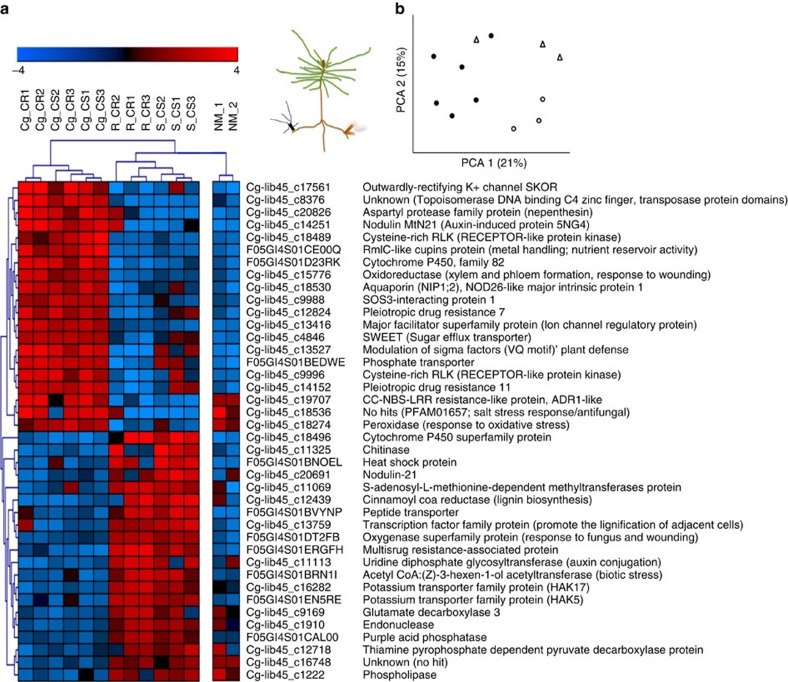Figure 6. Scots pine differentially interacts with Cenococcum geophilum and other simultaneously inoculated mycorrhizal fungi.
(a) The 20 most highly up- or downregulated Scots pine (Pinus sylvestris) genes expressed in ectomycorrhizas (ECM) of double-inoculated seedlings (CR, C. geophilum and Rhizopogon roseolus; CS, C. geophilum and Suillus granulatus; three replicate plants each) when interacting with C. geophilum (Cg) compared with S. granulatus (S) or R. roseolus (R). Expression of genes in non-mycorrhizal plants (NM; two replicate plants) is also indicated. The heat map depicts a double hierarchical clustering in which normalized gene expression values are coloured from red (up-) over black (mean expression over all conditions) to blue (downregulated). (b) Principal component analysis (PCA) based on the expression of 7,000 P. sylvestris genes shows that C. geophilum interacting ECM root tips (filled circles) are separated on the first axis from the other two ECM fungi (R. roseolus, open triangles and S. granulatus, open circles). Each symbol per fungal species corresponds to a plant replicate. Note the sketch showing a pine seedling colonized by C. geophilum (left root) and one of the other fungi (right root).

